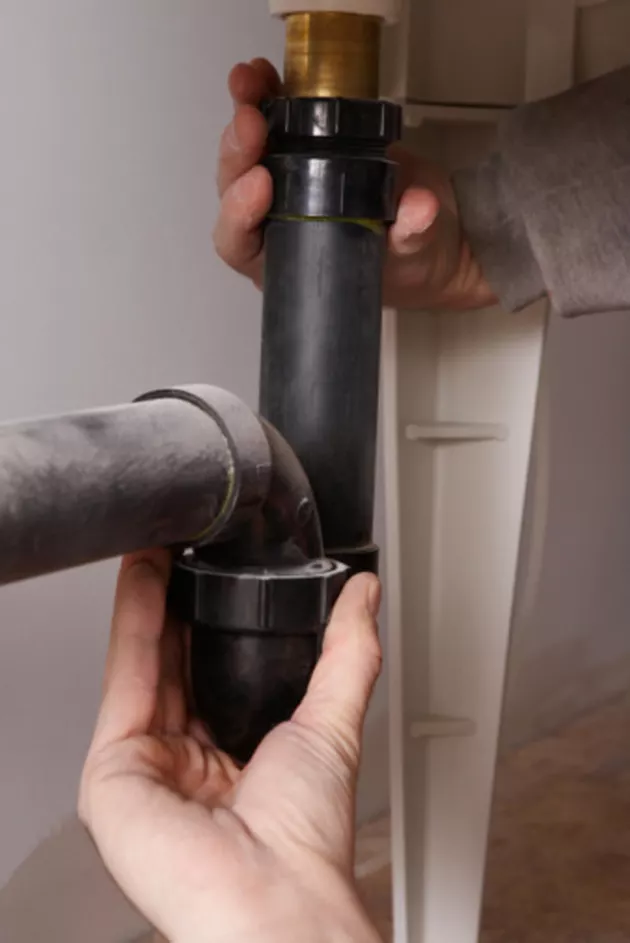Jul . 24, 2024 02:26 Back to list
Understanding HDPE Pipe Sizes and Dimensions for Optimal Application in Various Industries
Understanding HDPE Pipe Diameters A Comprehensive Guide
High-Density Polyethylene (HDPE) pipes have gained significant popularity in various industries due to their robust characteristics, including flexibility, strength, and resistance to corrosion and chemicals. One of the pivotal aspects of utilizing HDPE pipes effectively is understanding the various diameters available and how they impact installation and application. This article explores the significance of HDPE pipe diameters, the standards governing them, and their applications across different sectors.
The Importance of Pipe Diameter
The diameter of an HDPE pipe is crucial as it directly influences the flow capacity, pressure, and overall performance of the piping system. A larger diameter pipe can transport more fluid, making it essential for applications requiring high flow rates, such as in municipal water supply systems, irrigation, and industrial processes. Conversely, smaller diameter pipes may be more suitable for residential applications or where space is limited.
Standardized Diameter Groups
HDPE pipes are manufactured in various standardized diameters to accommodate the needs of different applications. The most common standards are governed by organizations such as the American Society for Testing and Materials (ASTM) and the International Organization for Standardization (ISO). These standards help ensure quality and consistency, making it easier for manufacturers and consumers to select the appropriate pipe for their specific application.
The nominal diameter (DN) is a commonly used metric in determining the sizing of HDPE pipes, with sizes typically ranging from 16mm to over 1,000mm. The sizes are often categorized into different groups, such as PN (Pressure Nominal) ratings, which indicate the pressure rating of the pipe, and SDR (Standard Dimension Ratio), which relates to the pipe's thickness in relation to its diameter. Understanding these classifications can aid engineers and contractors in selecting the best pipe for their needs.
Applications of HDPE Pipe Diameters
hdpe pipe diameters factory

HDPE pipes find use in a myriad of applications across various industries. Here are some notable examples
2. Wastewater Management HDPE pipes are widely used in sewer systems and stormwater drainage due to their resistance to corrosive substances and ability to handle variable flow rates.
3. Agriculture The agricultural sector benefits from HDPE pipes through their use in irrigation systems. Pipes with smaller diameters can be effective in drip irrigation systems, allowing precise water delivery directly to the plant roots.
4. Industrial Applications In industries such as mining and chemical processing, HDPE pipes are chosen for their durability, ability to withstand high pressures, and resistance to harsh chemicals.
5. Telecommunications HDPE ducts are also employed for burying cables and fibers due to their lightweight nature and ease of installation.
Conclusion
The selection of the correct HDPE pipe diameter is critical to the success of any project requiring piping. Whether for water distribution, wastewater management, or industrial applications, understanding the various sizes and their implications can help ensure efficient operation and longevity of the piping system. As the demand for efficient and sustainable infrastructure continues to grow, the role of HDPE pipes will undoubtedly become more prominent, making knowledge of pipe diameters an essential consideration for engineers, contractors, and end-users alike.
-
High-Quality PVC Borehole Pipes - Durable Pipes from Leading PVC Manufacturer
NewsJun.10,2025
-
High-Quality PVC Borehole Pipes Types of Pipes by Leading PVC Manufacturer
NewsJun.10,2025
-
Durable Screen Pipes & HDPE-PVC Connectors Expert Solutions
NewsJun.10,2025
-
Premium HDPE Conduit Pipes Durable & Corrosion-Resistant
NewsJun.10,2025
-
Premium HDPE Elbows Durable Corrosion-Resistant Piping Solutions
NewsJun.09,2025
-
Premium HDPE Electrofusion Fittings Leak-Free Solutions
NewsJun.09,2025

